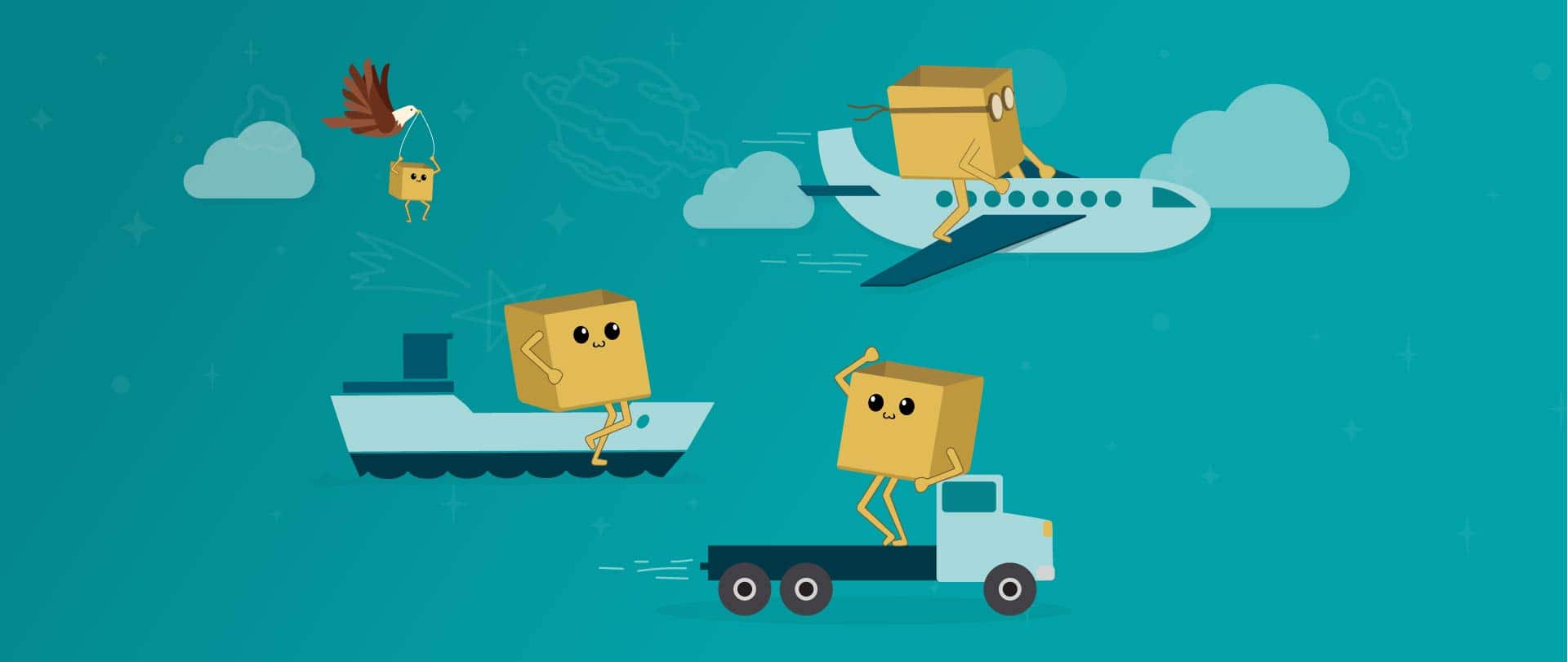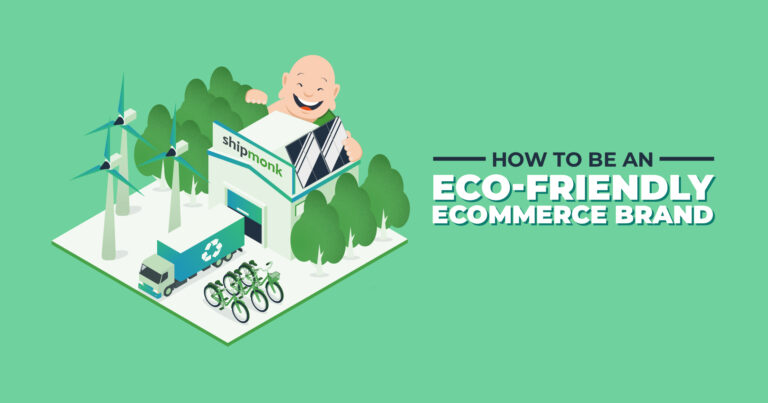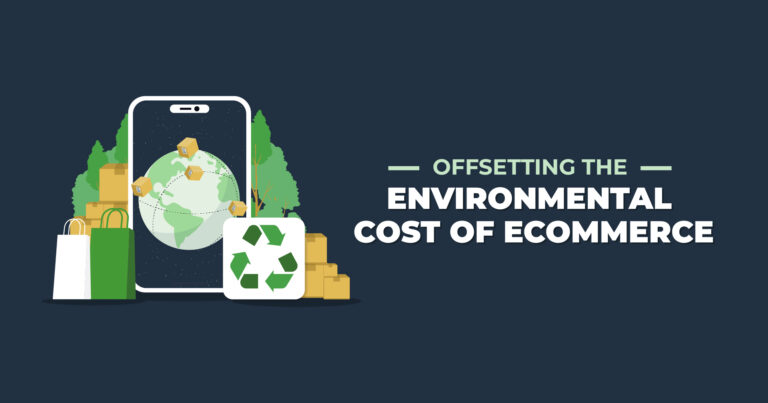Air, Land, or Sea: Which Freight Option Is Right for Me?
It’s a bird… it’s a plane… it’s freight! We’ve covered shipping pretty extensively. But generally when we do, we’re just talking about shipping one or two items at once, B2C style. Freight, on the other hand, pertains more to bulk shipping, where products are bundled and sent together in large quantities. While freight shipping occurs less often, it’s an essential part of any eCommerce business and something you will definitely deal with at some point or another.
Unfortunately, industry experts have claimed that it’s “impossible” to send freight shipments by bird (or an army of birds), but we did get the plane part right! The two other options are (you guessed it) sea or land freight, all of which have different pros and cons. Keep reading for the inside scoop!
Shipping by Air
Air freight reigns supreme when it comes to reliability and convenience. If you prioritize these qualities, this may be your best bet. Because of fast shipping times, it’s a great way to ship perishable items that can’t afford to stay in transport for an extra day or two. It’s also the ideal option for fragile goods, as packages shipped via air may have more protection from accidental damage than if they were being transported by trucks or cargo ships.
Of course, convenience doesn’t come cheap. Air freight is usually more expensive, mostly because airlines use dimensional weight (also known as volumetric weight) to charge shippers. Your wallet won’t be the only one taking the hit either. Out of all the freight options, air freight is the harshest on the environment. On average, a plane produces just over 53 lbs of carbon dioxide per mile. That really adds up when shipping packages back and forth! Lastly, air freight is the most susceptible to delays and complications caused by bad weather, which may result in financial loss and at least a little bit of aggravation.
Shipping by Land
The majority of land freight occurs either through trucks or trains. Before we dive too deep, there are two terms you must know: LTL and FTL.
- LTL stands for less than truckload and is best for shipments that aren’t quite large enough to need a full truckload. It’s typically used for shipments in excess of 200-250 pounds.
- FTL stands for, you guessed it, full truckload, and involves moving bulk or pallet loads that require the use of a semi-trailer. For FTL, you’re looking at shipments that weigh more than 15,000 pounds.
If you’ve got the inventory for it, full truckload can be more cost effective and reduce potential freight damage along the way, as it requires less handling than LTL. Land freight is slower than air freight but faster than sea freight, making it a nice in-between option. It can also be less expensive than air freight with a somewhat smaller carbon footprint.
Shipping by Sea
If you’re an international business owner, you’ve probably already relied on sea freight to transport your products. Slow but (mostly) steady, cargo ships are ideal for those shipping larger products that need a little flexibility. Unlike other methods of transportation, you’ll face fewer restrictions and be able to ship a variety of items that couldn’t easily be shipped otherwise, like vehicles and heavy machinery. Much like land freight, your products will either utilize a full container or be grouped with other cargo depending on how much you’re sending out.
Another plus when it comes to sea freight is that it is the most environmentally friendly of the freight options. While the industry is far from perfect, there are some steps being made to create a more sustainable future, such as using offshore winds instead of fossil fuels to power ships.
Naturally, sea freight comes with its own share of limitations. Like we mentioned, it’s… a bit slow. It can also succumb to weather issues, although that’s a concern for every method of transportation. More than anything, it simply might not be a possibility if the shipping is taking place over land and not water. Humanity has gotten far, but we have not yet made boats for land use… at least not to our knowledge!
Who knew something as simple as shipping could have so many moving parts? We hope this quick little guide was helpful to you if you’re taking your next big step as a business owner, whether that’s expanding to brick-and-mortar locations, moving your products, or, should you choose to outsource your fulfillment, sending your inventory off to its new home.



